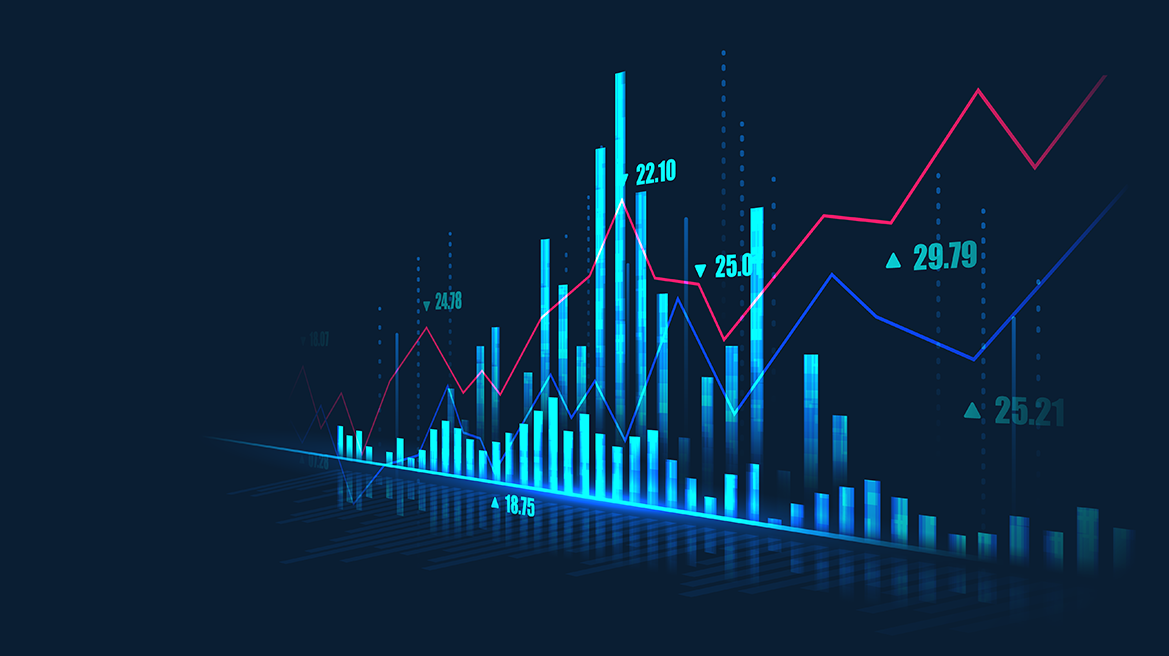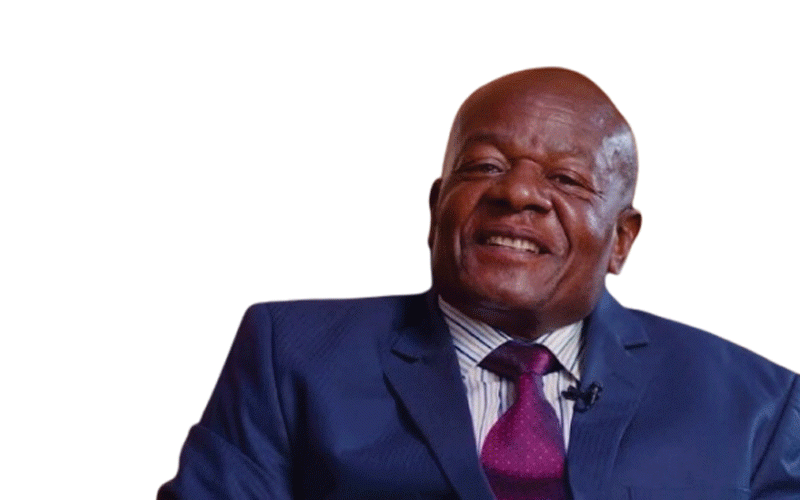
This is a personal perspective: From Switzerland to London
When the initial US-China trade deal was struck last month, I was in Switzerland, watching the news unfold from the shores of Lake Zurich.
The sense of relief in global markets was palpable, but so too was the skepticism—would this truce hold, or was it just another pause in an ongoing economic chess match?
Fast forward to this week, and the world’s attention has shifted to London, where top officials from both countries have hammered out a new framework agreement.
As someone who follows these developments closely, both as a trader and a retail investor, I see this as a crucial moment—one that brings both opportunity and risk.
The journey to this latest deal has been anything but smooth. As Reuters reported recently, in April, the US imposed a staggering 145% tariff on most Chinese imports, effectively freezing trade between the world’s two largest economies.
China responded by restricting exports of rare earth elements—materials vital to sectors like automotive, aerospace, and semiconductors.
The fallout was immediate: US businesses faced supply shortages and rising costs, while Chinese exports to the US plummeted by 34.5% in May as per the same Reuters report, the steepest drop since the early days of the Covid-19 pandemic. Markets wobbled, consumer confidence dipped, and investors braced for a potential recession.
- As Covid-19 persists, workplace trends to continue shifting in 2022
- As Covid-19 persists, workplace trends to continue shifting in 2022
- US-China tariffs: What the new trade deal means for traders and investors
Keep Reading
This week’s negotiations at London’s Lancaster House brought together US treasury secretary Scott Bessent and China’s Vice Premier He Lifeng. The new framework agreement, set for government approval, includes as reported by Reuters:
Tariff reductions: The US will lower its average tariff on Chinese goods to about 30%, while China will reduce retaliatory tariffs on US imports to 10%.
Rare Earth access: China has agreed to ease export restrictions on rare earths, providing relief for US manufacturers and global tech firms.
Joint task force: Both sides will establish a task force to monitor compliance and resolve future disputes before they escalate.
While this truce is a relief, tariffs and restrictions remain higher than a year ago, and the deal is, for now, a temporary reprieve.
Markets initially responded with cautious optimism. US stock futures dipped slightly, while Chinese equities reached three-week highs.
The S&P 500, up 6.5% since the harshest tariffs were reversed in May, is now flirting with record territory.
The US dollar saw a modest bump, but it’s still down over 8% against major currencies this year, reflecting ongoing fiscal and trade concerns.
Bond markets remain volatile, with US Treasury yields rising as investors weigh the risk of inflation from higher shipping and import costs.
The message from the market is clear: the deal is a step forward, but uncertainty persists.
Today’s US economic data as reported by the U.S Bureau of Labour Statistics added another layer to the story.
Core CPI rose just 0.1% month-on-month, below the 0.3% forecast, bringing the year-on-year rate down to 2.4%.
Headline CPI also undershot expectations. This softer inflation print, combined with resilient labor data, has boosted market sentiment and reduced fears of stagflation.
However, the market’s “sell-the-news” reaction—especially in the Nasdaq, which breached 22,000 twice this year but finished lower—suggests traders remain wary of what lies ahead.
Source: Google Finance
Winners and Losers: Who benefits, who hurts?
Winners:
US and global manufacturers: Easier access to Chinese rare earths and lower tariffs should reduce supply chain disruptions and input costs.
Chinese Exporters: The reduction in tariffs could help reverse the dramatic drop in exports to the US, providing a boost to China’s economy.
Investors: The truce has eased fears of a global recession, leading to a rebound in equities and improved confidence.
Losers:
US dollar holders: The weaker dollar means less purchasing power for American consumers and foreign investors.
Long-term certainty: The deal is temporary, and both sides have a history of backtracking. Investors remain wary of another flare-up.
Some sectors: Not all tariffs are being lifted, and certain industries—like US agriculture and Chinese tech—remain under pressure.
While the focus is on US-China relations, we can’t ignore the elevated risks in the Middle East.
Ongoing instability—from Yemen’s collapsing ports to renewed tensions with Iran—continues to threaten global supply chains and commodity prices.
Oil markets, for example, surged past US$68 a barrel this week as talks with Iran stalled and supply concerns grew.
For traders and investors, these risks are a reminder to stay nimble and diversify across asset classes.
What Traders and Investors should watch
Implementation risks: The effectiveness of the joint task force and the speed of rare earth export resumption will be closely watched.
Currency volatility: With the dollar under pressure and the yuan stable, currency moves could impact returns for cross-border investors.
Bond market jitters: Rising yields signal inflation concerns and could make borrowing more expensive for businesses and consumers.
S&P 500 Outlook: With the index up 6.5% since May and near record highs, traders should remain alert for profit-taking or renewed volatility if the deal stumbles.
Middle East developments: Keep an eye on oil and commodity markets, as further instability could ripple through global assets.
The London deal is a positive step, but it doesn’t resolve deeper issues like intellectual property, technology transfers, and strategic rivalry.
The risk of another tariff flare-up is ever-present, and both sides have signalled a willingness to reimpose barriers if commitments aren’t met.
As I saw first hand in Switzerland last month, markets can turn quickly on headlines—so stay prepared.
For traders and investors, the message is clear: stay nimble, diversify, and keep a close eye on policy and geopolitical developments. The current truce offers breathing room, but not certainty.
Monitor headlines for signs of compliance or renewed tension.
Hedge against volatility with diversified assets and, if appropriate, currency or options strategies.
Focus on fundamentals—companies with strong balance sheets and global supply chains are best positioned to weather future shocks.











